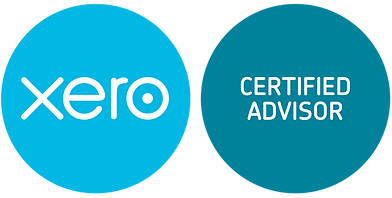The domestic reverse charge VAT has been in force for the construction industry for just over a year, being introduced from 1st March 2021.
This change brought about many challenges for small, medium and large construction businesses.
Already operating CIS, this change added a new dimension to VAT in an industry that already accounts for many taxes; VAT and which rate to charge, CIS as a contractor and subcontractor, PAYE/NI, Corporation Tax and Self-Assessment.
Cashflow
Businesses in the construction industry are being charged VAT on materials and overheads. However, if they are not invoicing an end user they are not charging VAT. Therefore they are not receiving that VAT money in from their customers to offset with the VAT they are spending.
It is likely in this scenario that they will be due a VAT refund each quarter. Depending on payment terms with customers and suppliers, this could cause a cashflow strain on the business.
The best way to mitigate this strain is to switch to monthly VAT returns, and receive a repayment from HMRC each month instead of each quarter.
Due to being in a refund position, and with each VAT return submitted HMRC making a payment to you, they are more likely to look into and investigate your VAT returns before making payment.
VAT – Domestic Reverse Charge
The domestic reverse charge VAT applies to supplies of specified services between VAT registered businesses, where the recipient of the service is making an onward supply of those services, ie they are not the end user of the service.
For example an electrician providing services to a contractor, where that contractor is supplying services to the owner of the building or development.
As a general rule, if CIS applies (even if you have gross payment status) to the invoice then the domestic reverse charge should be applied and no VAT charged.
CIS usually only applies to labour, however if goods and materials are supplied as part of the service of construction then the whole service and invoice is subject to reverse charge VAT, including the goods and materials.
If only materials are supplied, normal VAT rules apply at standard rates.
The domestic reverse charge applies to specified services unless:
-
The services are supplied to an end user, such as the property owner, or directly to a main contractor that sells or lets a newly completed building
-
The recipient makes onward supplies of those construction services to a company connected with the end user
-
The recipient is not VAT registered, or required to be VAT registered
-
The recipient is not registered for CIS
-
The supplier and recipient are landlord and tenant or vice versa, or
-
The supplies are zero-rated
Xero Makes it Easy
The above may sound like it is going to cause a few headaches. However if you setup your accounting software correctly it is quite simple to get process and get right.
If you enter the correct details into Xero, selecting from the drop down box options available, Xero will produce the correct VAT and CIS returns for you with a couple of clicks. Xero will also adapt your invoice accordingly.
What you do need to know is who you are making a supply to and whether to reverse charge it, if you are unsure then please speak to your accountant.
HMRC have produced flowcharts to help you determine whether the domestic reverse charge applies. They can be found here.


